We discovered an interesting recording the other day, consisting solely of LOUD music. This recording by the Helsinki Philharmonic Orchestra, led by Lief Segerstam, is entitled Earquake and where the first issue shows a listener thrown into space clutching his boom box.
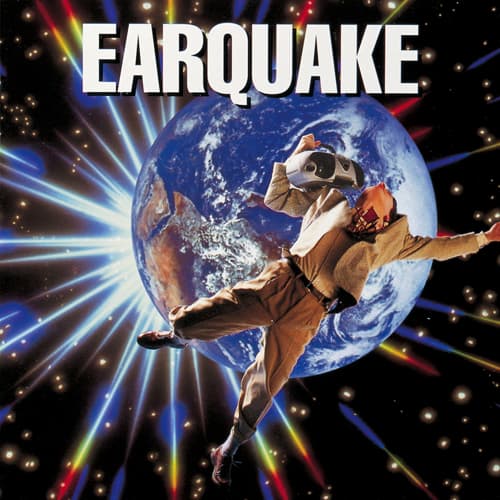
Earquake, ODE894-2 – cover 1997
The 2017 cover just seems to show the world shaking in space.
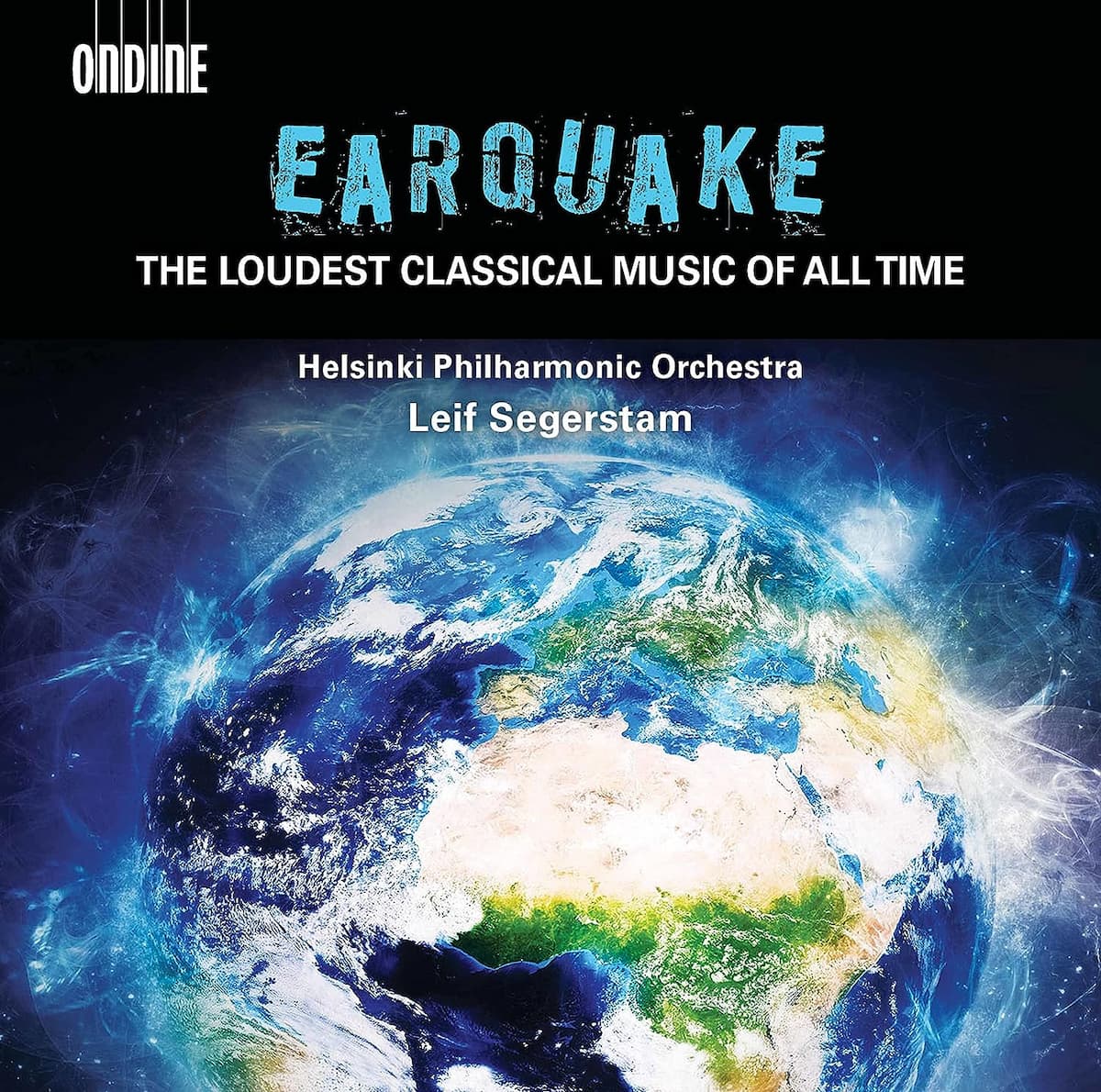
Earquake, ODE1210-2 – Cover 2017
To achieve this recording the percussion section had to be enlarged. As the promotional blurb says, the 140-piece Helsinki Philharmonic Orchestra includes a ‘22-person percussion section, four sets of rocks hit with hammers, two heavy metal chains, anvils, steel plates, sirens, and several dozen cannon shots’.
We start with the urgent menace of Howard Hanson’s Symphony No. 6 and its final movement Allegro. Written in 1967 to celebrate the 185th anniversary of the New York Philharmonic, the whole work is tied together with a three-note theme that triumphantly comes together in this last movement.
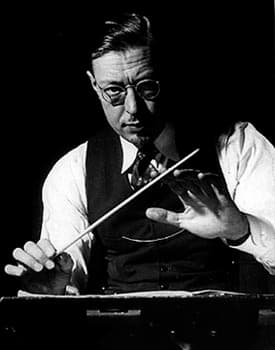
Howard Hanson conducting
Howard Hanson: Symphony No. 6 – VI. Allegro (Helsinki Philharmonic Orchestra; Leif Segerstam, cond.)
Silvestre Revueltas’ Noche de los Mayas (Night of the Maya) from 1939 was originally a score for the film of the same name by Chano Urueta, but was quickly repurposed for the concert hall. In 1960, the entire film score was broken up into four movements, Noche de los Mayas, Noche de Jaranas, Noche de Yucatán, and Noche de Encantamiento.
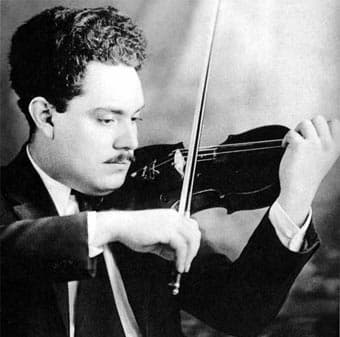
Silvestre Revueltas
Silvestre Revueltas: Noche de los Mayas (Night of the Maya) (Helsinki Philharmonic Orchestra; Leif Segerstam, cond.)
Erwin Schulhoff’s ballet Ogelala, had an early draft completed in 1921 but it wasn’t until 1924 that he completed the orchestration and gave the premiere of the work in Dresden in 1925. It’s set in pre-Columbian Mexico, where the hero warrior Ogelala, taken captive, manages to seduce King Iva’s daughter Ivala, before succumbing to his situation. There are links with Bartók’s The Miraculous Mandarin and Stravinsky’s Rite of Spring, but now cast in a New World sound.
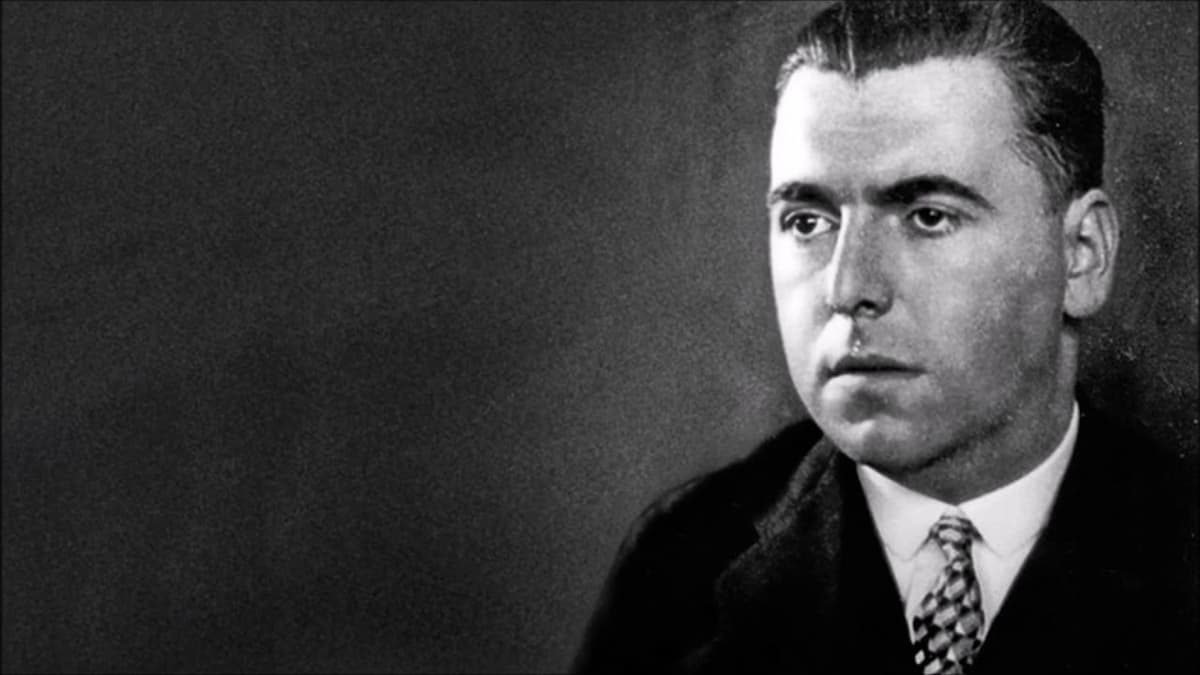
Erwin Schulhoff
Erwin Schulhoff: Ogelala – XII. Waffentanz (Helsinki Philharmonic Orchestra; Leif Segerstam, cond.)
American composer William Bolcom’s Fifth Symphony was a long time in development. Every time he thought he had the symphony underway, it would wiggle and turn into something else, such as his 1992 Clarinet Concerto, or become sketches for his opera McTeague. Finally, though, he had to produce the commissioned work and, luckily, it turned out to be a symphony. The final movement, Machine, is his reflection on what he saw as the ‘impersonal non-human regularity of current dance music, which begins in G minor and moves to tonal entropy by the end…’.
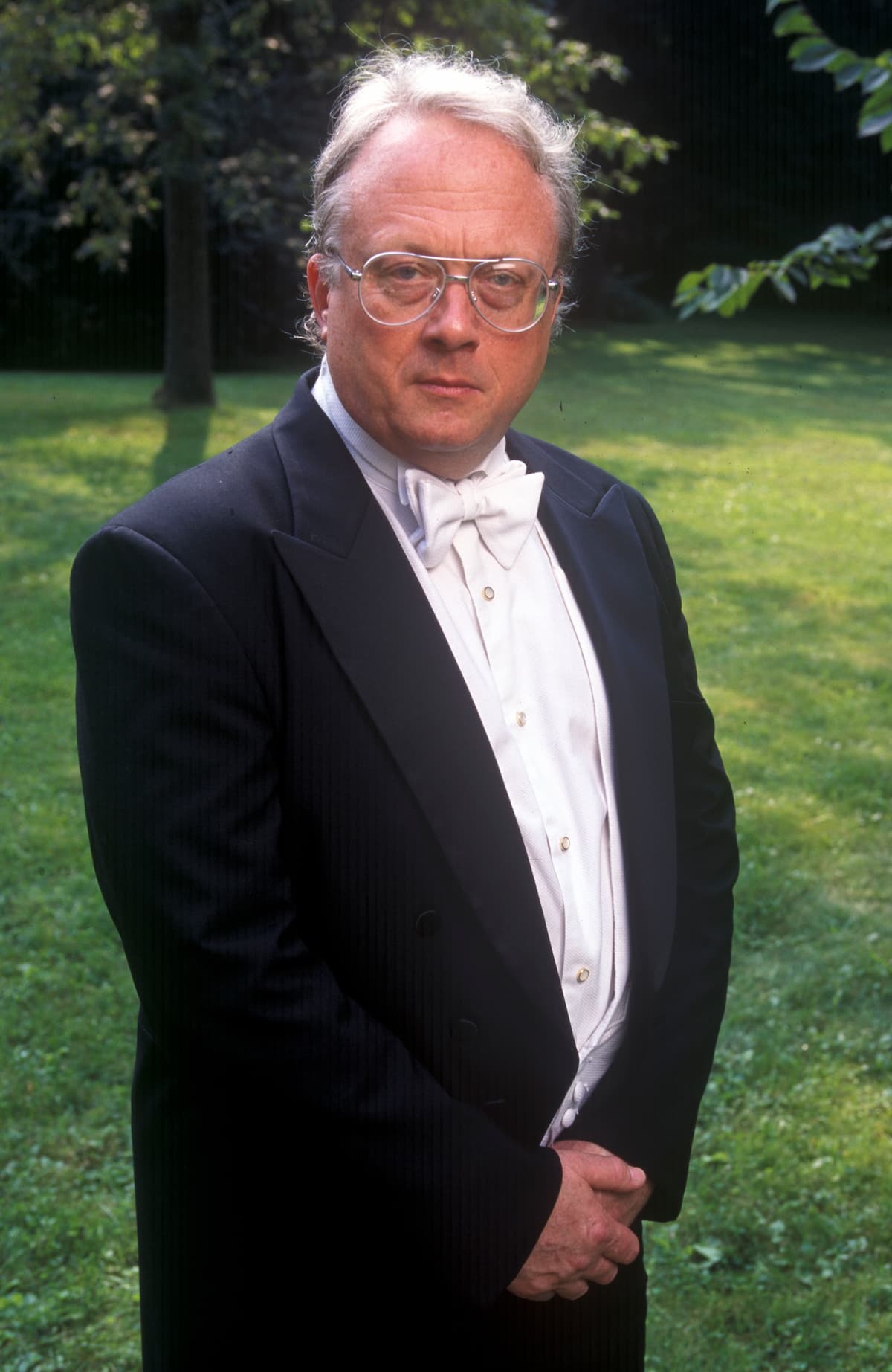
William Bolcom, 1995
William Bolcom: Symphony No. 5 – IV. Machine (Helsinki Philharmonic Orchestra; Leif Segerstam, cond.)
The recording closes with Jón Liefs’ 1961 Hekla, a work for orchestra and percussion, his depiction of a natural phenomenon he witnessed: the eruption of the volcano Helka.
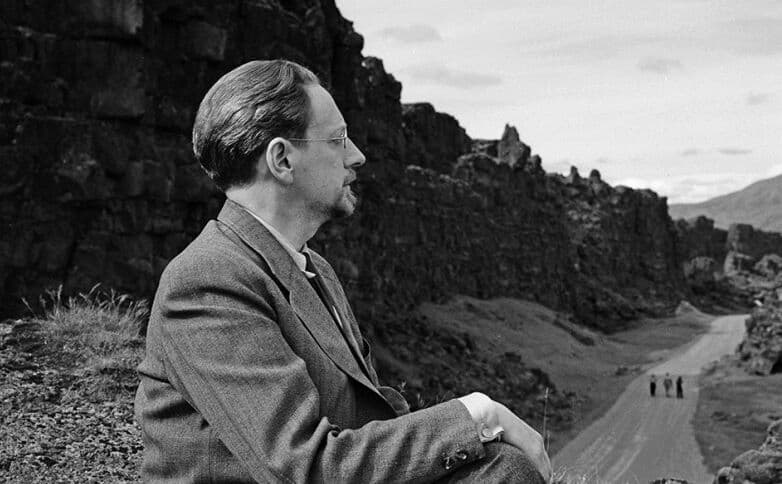
Jón Liefs
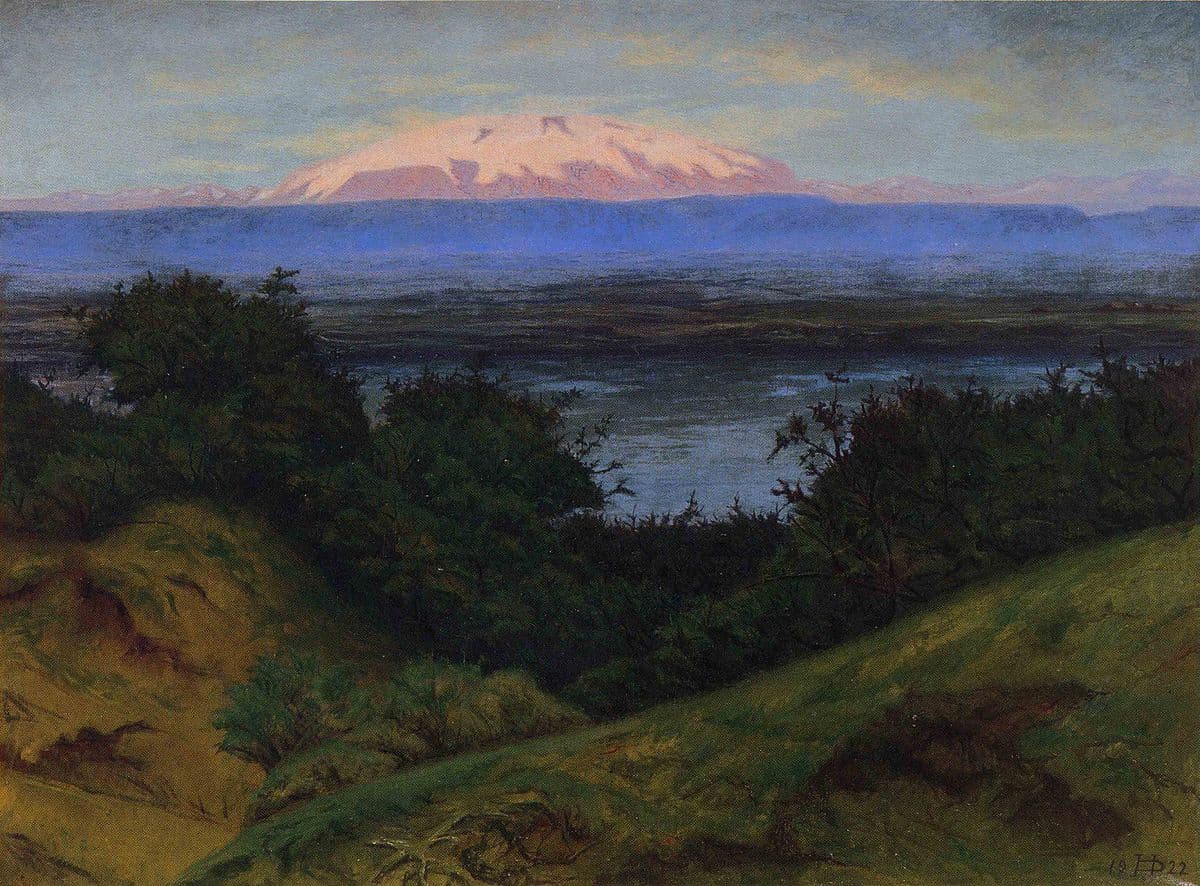
Þórarinn B. Þorláksson: Hekla úr Laugardal (Hekla from Laugardalur), 1922
Jón Leifs: Hekla, Op. 52 (Helsinki Philharmonic Orchestra; Leif Segerstam, cond.)
We’ve never heard an album organized around a dynamic level before: tempos, certainly, there’s no end of Adagio albums out there. This is music for great runs, for sweeping afternoons with the vacuum cleaner, or for getting out the paint roller and addressing a wall. Time to explore the LOUD side of classical music!
For more of the best in classical music, sign up for our E-Newsletter

